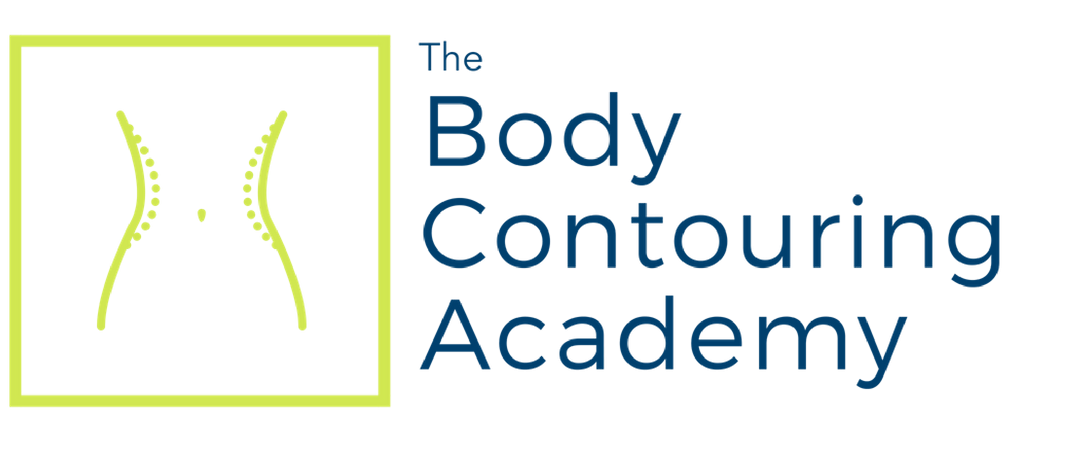Selling secrets: building rapport to convert more consultations

We get it. You want to convert more consultations to sales. But with body contouring it’s not so simple. Because it’s building relationships with clients that leads to sales conversions. We’re talking about the consultative sales process. It’s a practice that allows you to uncover problems, establish trust and provide solutions, thereby serving as your client’s trusted consultant. And at the very heart of this process is the ability to establish rapport. In fact, building rapport is the very essence of body contouring sales success. This article defines the consultative sales process and provides both insight and actionable steps to master the art of rapport-building to practically guarantee you’ll convert more consultations to sales.
What is Consultative Selling?
- The consultative sales process is a methodology that prioritizes developing an authentic relationship with a client over simply closing a sale.
- To create an authentic relationship, your focus is on what your client feels, sees and hears during her interactions with you, your team, and your business.
- This practice prioritizes dialogue so you can uncover problems and provide solutions.
- It enables you to develop a deep understanding of our client and her pain points and to offer solutions customized to her needs.
- It ensures your clients never feel ‘sold to’
What is rapport?
- Rapport is a connection or a relationship with another person.
- Rapport develops out of meaningful conversations.
- In the context of sales, rapport means that you have gained your client’s trust by showing an interest, a genuine concern for her needs and a willingness to help.
- In sales, building rapport means you’re gaining your client’s trust by showing concern for her needs and communicating your concern.
Building rapport to convert more consultations
- Building rapport in to convert more consultations is about focusing on your client.
- It’s about relating to your client in a way that creates trust and understanding.
Knowing how to build rapport is an invaluable skill set that makes a difference, not only in closing the sale at consultation, but in establishing a long-term relationship that naturally leads to a lifetime of continued sales.
Do you want to learn all the secrets to closing more sales at consultations?
We built a 7-figure med spa and we’ve shared our selling secrets in our online course
How to conduct the Perfect Consultation
The step-by-step body contouring sales playbook for converting your consultations into lifelong clients
How to convert more consultations to sales:
Mastering the art of rapport-building
Steps to build rapport, develop relationships and convert more consultations to sales
- Building rapport with your clients starts when your client is just a prospect.
- Before your client walks through your doors.
Building rapport before the consultation appointment
(to convert more consultations to sales)
Like it or not, clients come to see you with pre-set opinions of who you are and what you can do for them. Your relationship is being developed…even before you meet face to face.
Here’s what forms your prospect’s opinions:
I. Website, social media and ads
Your website, social media posts and ads should build trust and set you up as an expert who can serve as a trusted consultant and solve your prospect’s and client’s problems.
It’s about showing who you are, what you offer, how you’re different and why you care…all in a way that forms a meaningful connection.
Here’s how to build rapport online:
- Showcase your brand and let your personality and brand show.
- Use emotion in your website and social media; people do business with people, not companies.
- Exhibit real customers with their testimonials and reviews.
- Display a variety of before/after photos.
- Consistently post relevant blogs with helpful information.
- Keep your website content and social media posts up to date; out of date posts and stale content is seen as untrustworthy.
- Make sure your contact information is easy to find and available on every page.
* Don’t forget your ads!
Your ads should be consistent with the brand messaging and high standards of your website content and social media posts.
II. Phone, text and email communications
- As with your website and social media posts, keep these messages in line with your brand.
- Use a friendly, conversational, yet professional tone; avoid overly technical language.
- Use your client’s name in the communication and sign off politely.
- Provide value: include more helpful information about their concern. And keep your emails short - under 200 words
- Stay in touch with a follow up communication if their consultation appointment is more than two to three days away; this keeps them interested in coming to see you.
- Provide links for them to review relevant information on your website.
III. Do your research
- Before the consultation appointment (while your clients are researching you, your business and what your solutions can provide), you should be researching and getting to know all you can about your clients.
- With all the social media sites, professional/social sites like LinkedIn and others, it’s pretty easy to find information about your clients.
- The research you undertake will provide insight into the client’s life, her interests, her personality and maybe even her pain points.
- The better you know and understand your client ahead of time, the sooner (and better) you’ll be able to build rapport with her when she’s in your consultation room.
How to build rapport during the consultation appointment
(and convert more consultations to sales)
Be yourself
- The first step in mastering rapport-building is to know yourself, to get in touch with your own personality and communication style.
- Be yourself. Don’t try to be who you are not; your clients are like everyone else…they’re able to sense ‘an act’ from a mile away.
Be friendly, warm and confident
- Walk up to your client; make eye contact and smile.
- Give a firm handshake.
- Be conversational.
- Be friendly, while being yourself.
- Remember your client’s name and use it.
PRO TIP: Be natural. You must avoid forcing friendliness and being fake; your clients are like everyone else…they can sense it.
Lead the conversation with open-ended questions
- Your goal is to uncover your client’s needs and recommend the best solution (in a short period of time), so you must control the conversation.
- When you are asking questions, you are controlling the conversation.
- But not just any questions. You need to use open-ended questions to uncover needs.
- Open-ended questions encourage a full answer, rather than a yes or a no.
Example of an open-ended question:
“Before coming in today, what all have you tried to lose your belly fat?” versus “Have you tried any other treatments?”
Practice active listening to convert more consultations
- Your clients want to feel like they’re being heard. The more you can show you’re listening to them, the more they’ll feel heard and keep talking.
- Active listening is not merely hearing. It means you are understanding what you are hearing.
- Active listening is listening in a way that you can genuinely understand your client’s needs, goals, pain points and feelings.
- Active listening makes clients feel understood.
- And when your client feels understood, she is more likely to trust you and listen to you.
Ask follow-up questions
- When you ask follow-up questions, you are not only learning more about your client but you are demonstrating that you care about your client.
- This shows you are listening closely (practicing active listening) and you want to know more.
Give genuine compliments
- Find something about your client that you genuinely like, i.e. her shoes, her haircut, her handbag, etc.
- Pay her a compliment about it, but don’t overdo it. Your client may see that as insincere.
Find commonalities
- Like attracts like. That’s why finding common ground helps to connect you with your client.
- People are drawn to those who are like them, such as sharing similar experiences, problems, interests and/or values.
- Finding commonalities is a form of empathy that demonstrates that you understand them.
Mirroring (Adapt to match) also helps to convert more consultations
- Mirroring and matching work on a subconscious level. Though you must be yourself, mirroring and adapting means you work to match your client and her personality.
- That’s because when people are similar, it’s easier to develop a relationship.
- Observe your client’s body language, voice tone, communication style, etc.
- Example, if your client is sitting cross-armed, and being serious, quiet and ‘businesslike,’ you’ll want to speak more softly, cut out any unnecessary ‘small talk’ and ‘get down to business.’
Set realistic expectations throughout
- Every client comes to see you with pre-set expectations; some realistic and others not so realistic.
- You must do your best to uncover your client’s expectations and to set realistic expectations throughout the entire consultation and in every interaction you have with the client.
- Ask open-ended questions or follow-up questions such as, “What do good results look like to you?” or “What specifically do you mean by getting rid of your belly?”
- And clearly explain what your client can expect to see from the treatments.
Conclusion
Building rapport with your clients is essential for converting more consultations to sales. By following the steps in this blog post, you can learn how to build rapport before and during the consultation appointment.
Why is this important? When you build rapport with your clients, you create a sense of trust and understanding that makes them more likely to buy from you.
And once you master the art of rapport-building, you are practically guaranteed to convert more consultations to sales. So what are you waiting for? Start practicing today!
